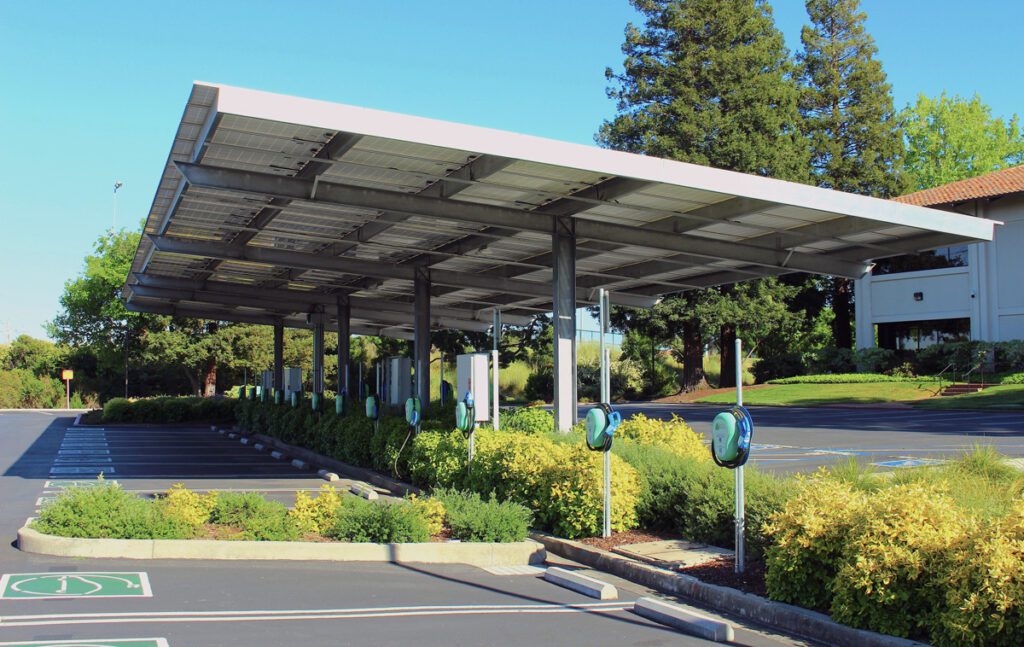Off-grid charging solutions are a hot topic, and they’re not just for remote sites that have no grid access. Some customers choose an off-grid solution that incorporates solar power and energy storage in order to avoid the long lead times that are often required to get a new utility interconnection, and/or to offer a backup power source in case of a power outage.
Paired Power offers a pair of microgrid-based products that can operate on- or off-grid: PairTree, which includes one or two Level 2 EV chargers; and the new PairFleet, a larger, scalable system that can serve fleets of just about any size.
Charged recently spoke with Paired Power CEO Tom McCalmont (watch for the full-length interview coming soon). He explained why his company’s preferred solution is a microgrid that may or may not include a connection to the grid.

“The thing that I think a lot of people miss is that off-grid works in some applications—places like parks and beaches where you don’t have any grid at all—but there are a lot more places where you have a little bit of grid power,” McCalmont told Charged. “For example, a parking lot that has a lighting circuit. You can tap into that lighting circuit, and get a little bit of extra energy from it. A lot of parking lots have been converted to LED lights, and during that conversion, the electricity draw on that circuit was decreased, because the LEDs use less current, so you have a little excess capacity in that circuit, and if you tie into that, now you can cover things like cloudy days or rainy days much better.”
“If you have a system that’s completely off-grid, you have a bunch of rainy days, and your battery gets depleted, well, now you can’t charge any cars. We think that’s a disadvantage to the off-grid approach that we’ve overcome—we like situations where we can tie into a little bit of grid.”
Paired Power’s products are controlled by proprietary software that manages all the different components of the microgrid. “You need control of all the energy flows—from the sun, from the battery, from the grid, to the load,” says McCalmont. “You have to manage all of that carefully, and you have to have intimate control of the charger to be able to do a good job of that. We can use standard commercial chargers in addition to our own, but there’s an advantage in terms of management. We have a very comprehensive software stack for energy management, and that is really critical to a successful microgrid.”
Source: Paired Power